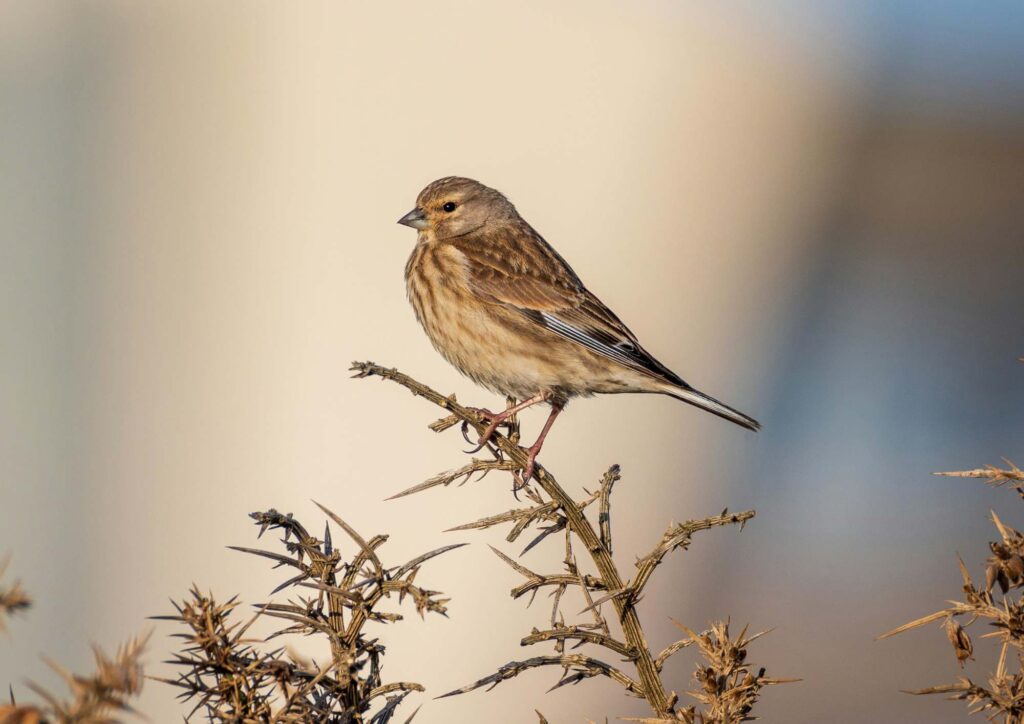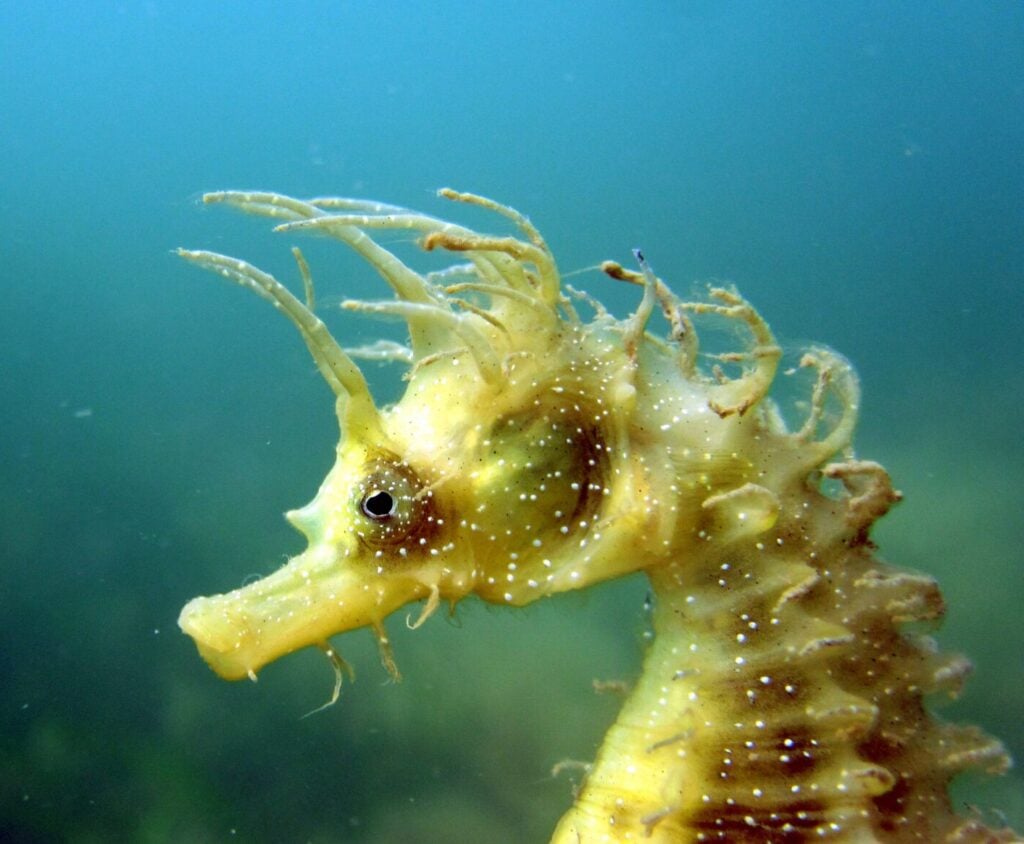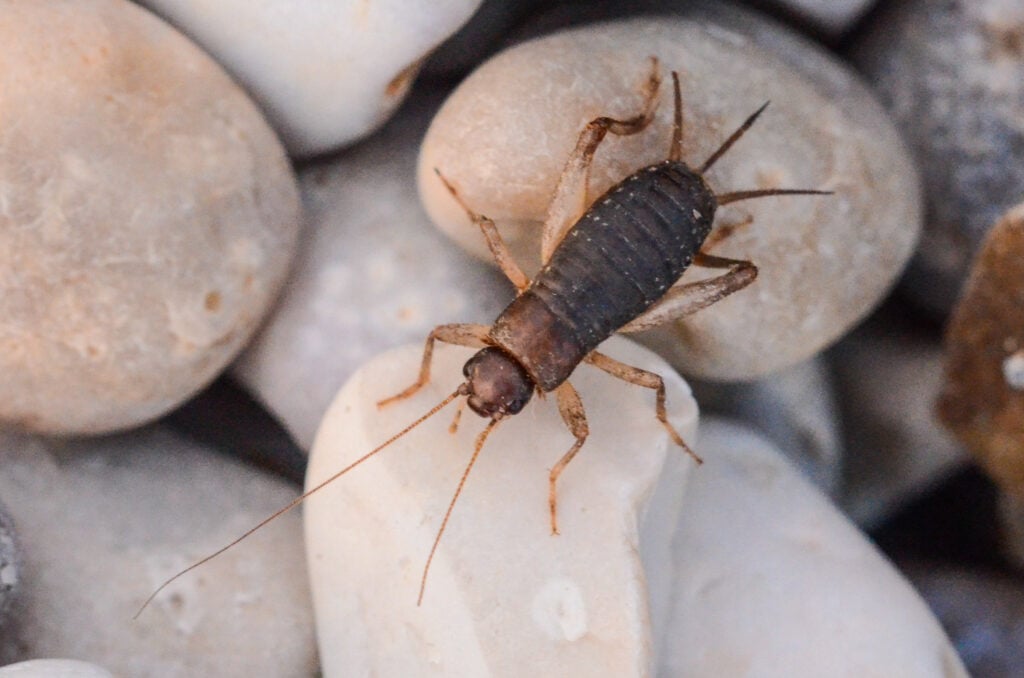National requirements
Local nature recovery strategies (LNRSs) are a statutory requirement under the Environment Act 2021. Their development has been funded by Defra. They will cover the whole of England to low water mark.
LNRSs must be developed in line with legislative requirements and taking account of Defra guidance notes. The first guidance note was published in March 2023. As LNRSs are a new concept, interpretation of the guidance evolved nationally during 2023 and 2024. The critical requirement is for all LNRSs is to align with the legislation. See Links to legislation and guidance at the bottom of the page.
The development of LNRSs is led by a Responsible Authority appointed by the Secretary of State.
Responsible Authorities are required to work closely with Supporting Authorities (all other local authorities, National Parks and Natural England) who have to be consulted prior to public consultation and prior to final publication. Responsible Authorities are also required to work in collaboration with all relevant partners, including farmers and communities.
There is no expectation that LNRSs should include targets. However, LNRSs should set priorities and actions that will help to achieve national targets.
By law, each LNRS must include a statement of biodiversity priorities and a local habitat map.
The written statement of biodiversity priorities must include:
- a description of the strategy area and its biodiversity
- a description of the opportunities for recovering or enhancing biodiversity in
the strategy area - the priorities for recovering or enhancing biodiversity (taking into account the
contribution that this can also make to other environmental benefits) - proposals as to potential measures (actions) relating to those priorities
Priorities are defined as the end results that the strategy is seeking to achieve. Measures are defined as the specific practical actions to achieve those priorities. Both priorities and measures must be expressed clearly, simply and in an accessible way.
The local habitat map must identify:
- Designated sites and statutory irreplaceable habitats (referred to in the legislation as ‘areas of particular importance for biodiversity’)
- Areas where actions identified in the LNRS are most needed (referred to in legislation and guidance as ‘mapped measures’).
- Responsible Authorities are also required to provide Defra with a map of the mapped measures without the designated sites and statutory irreplaceable habitats. This third map is known as ‘areas that could become of particular importance’. This map does not have to be published as part of the LNRS.
Review of LNRSs
- Once published, the statutory LNRS cannot be changed until the Secretary of State announces a review.
- Defra has not yet shared details on how Responsible Authorities should monitor or review the LNRSs.
Devon’s LNRS
- Devon County Council was appointed as Responsible Authority for the Devon LNRS by the Secretary of State, who also required the Devon LNRS to include the whole of Devon, including Plymouth and Torbay.
- Work began on the Devon LNRS in summer 2023 when Defra funding was made available.
- The written ‘statement of biodiversity priorities’ has been produced as this website in order to ensure that the information is as accessible as possible. The ‘local habitat map’ has been produced as a Viewer which can be accessed on the Mapping page of this website.
- See Developing the Devon LNRS for more information.
Links to legislation and guidance
The Environment (Local Nature Recovery Strategies) (Procedure) Regulations 2023
Species Recovery within Local Nature Recovery Strategies v.1 August 2023.pdf
Data Standards Advice for LNRS Responsible Authorities (1).pdf
Identifying and agreeing priorities and potential measures within LNRS.pdf
Mapping potential measures in Local Nature Recovery Strategies advice.pdf
Defra regulations and guidance summary.pdf



